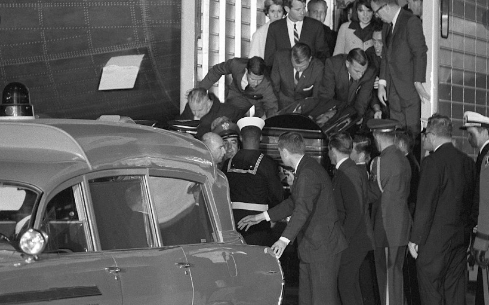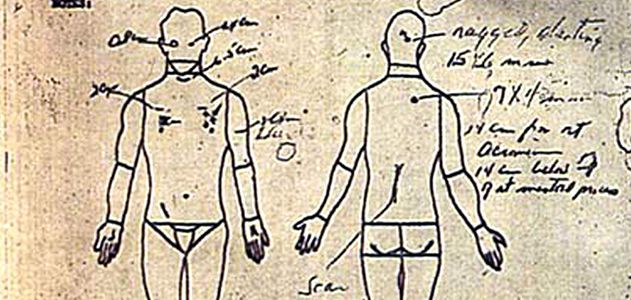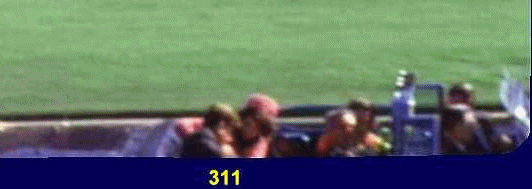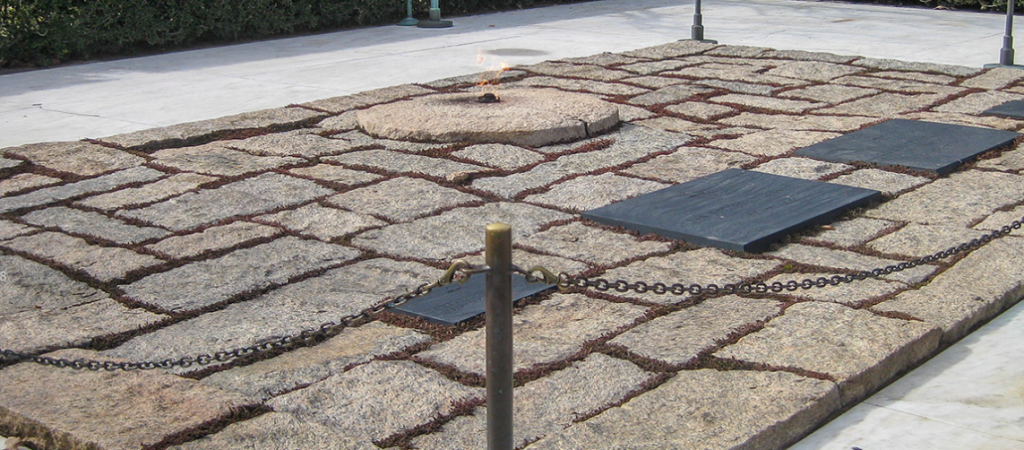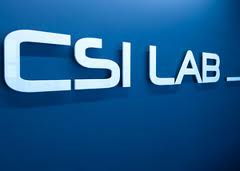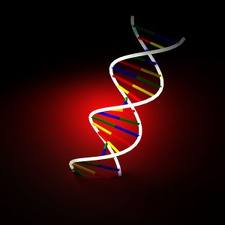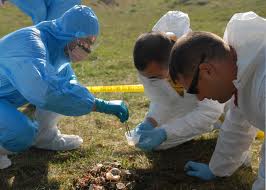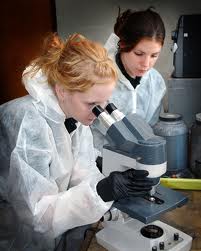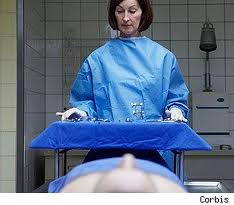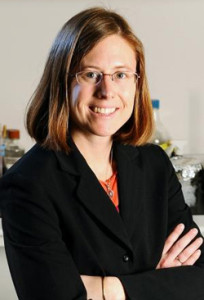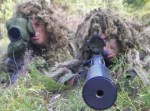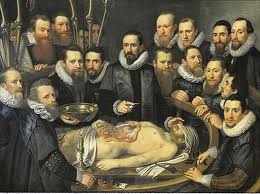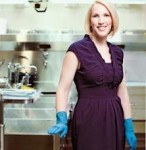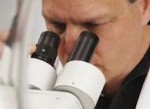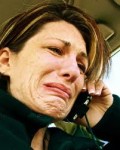 United States President John F. Kennedy’s assassination is the mother of all conspiracy theories. There’s been more BS, crap and craziness written about JFK’s murder than all the stuff ever spewed out of Donald Trump’s yap. However, there’s one bizarre angle to the JFK murder story that’s true. Someone actually stole JFK’s preserved brain from the National Archives, and the real mystery is who.
United States President John F. Kennedy’s assassination is the mother of all conspiracy theories. There’s been more BS, crap and craziness written about JFK’s murder than all the stuff ever spewed out of Donald Trump’s yap. However, there’s one bizarre angle to the JFK murder story that’s true. Someone actually stole JFK’s preserved brain from the National Archives, and the real mystery is who.
The facts surrounding the JFK Assassination are fairly straightforward. On November 22nd, 1963 the 35th President of the United States was fatally shot while riding in an open limousine through Dealy Plaza in downtown Dallas, Texas. Three rounds were fired. The first missed. The second struck Kennedy in the upper back, exited through his throat and seriously wounded Governor John Connally who sat in front of the Commander-in-Chief. The third bullet hit President Kennedy in the back of his head and killed him.
 Despite what conspiracy theorists want to believe, Lee Harvey Oswald—acting alone—triggered all three shots. Oswald was a seriously-troubled young man employed at the Texas School Depository building where he fired from the sixth floor—now known as the “sniper’s nest”. Lee Oswald used an inexpensive, military-surplus rifle he obtained through mail order and left it behind when he fled the scene.
Despite what conspiracy theorists want to believe, Lee Harvey Oswald—acting alone—triggered all three shots. Oswald was a seriously-troubled young man employed at the Texas School Depository building where he fired from the sixth floor—now known as the “sniper’s nest”. Lee Oswald used an inexpensive, military-surplus rifle he obtained through mail order and left it behind when he fled the scene.
It’s simply a case of a lone nut with a cheap rifle from a tall building or a crazy who brought his gun to work and shot the President. Oswald then killed a Dallas police officer who street-checked him and was later captured hiding in a movie theater. Then, Lee Harvey Oswald was murdered—fatally shot by another nut-job named Jack Ruby. This occurred in the basement of the Dallas PD headquarters in what was the biggest breach of security in the history of policing.
JFK’s missing brain story began at his autopsy at the U.S. Navy hospital in Bethesda, Maryland. Before getting to that strange-but-true tale, it’s important to know why the autopsy was done near Washington, D.C. and not in Dallas, Texas where the murder took place.
 The bullets struck John Fitzgerald Kennedy at 12:30 p.m. He was in the emergency ward at Parkland Hospital within ten minutes where doctors hopelessly tried to save his life. They declared Kennedy dead at 1:00 p.m. and his body remained in the ER while authorities frantically tried to figure out what to do.
The bullets struck John Fitzgerald Kennedy at 12:30 p.m. He was in the emergency ward at Parkland Hospital within ten minutes where doctors hopelessly tried to save his life. They declared Kennedy dead at 1:00 p.m. and his body remained in the ER while authorities frantically tried to figure out what to do.
In 1963, there was no federal law regarding murdering the President of the United States. This was state jurisdiction under the Texas Penal Code, and the body possession / medical examination responsibility fell to the Dallas County coroner, Dr. Earl Rose. Rose worked at Parkland hospital and was nearby when Kennedy expired. Upon the declaration of death, Dr. Rose prepared to do a forensic autopsy which he was imminently qualified to do.
“No *#@$*#& way, Dr. Rose,” said the Kennedy team. “We’re getting the *bleep* out of Dallas right *#@$*#& now and Jack Kennedy’s coming with us.” A heated argument and physical scuffle arose as Dr. Rose blocked the door—backed-up by a Dallas police officer and a Justice of the Peace. On the Kennedy side were the Secret Service, led by Agent Roy Kellerman, and the president’s chief aid, enforcer and boyhood friend, Kenny O’Donnell.
Complicating matters was that about-to-be-sworn-in President Lyndon Johnson was terrified of a plot to kill them all. He, too, desperately wanted to get back to Washington’s safety. Air Force One sat ready at Love field which could have quickly swept Johnson away.
 Except for one problem. Jackie Kennedy refused to leave her now-deceased husband in Dallas. She would not get on that plane without Jack, and there was no way Johnson wanted to be seen “abandoning a beautiful widow”. LBJ “et al” quickly worked a deal.
Except for one problem. Jackie Kennedy refused to leave her now-deceased husband in Dallas. She would not get on that plane without Jack, and there was no way Johnson wanted to be seen “abandoning a beautiful widow”. LBJ “et al” quickly worked a deal.
Dallas District Attorney Henry Wade got involved. He knew the law and knew it was an offense under the Coroner Act to remove a body from the State of Texas without the presiding coroner’s permission. That was not happening. Dr. Rose wasn’t about to give up the murder-victim-of-the-century, and D.A. Wade wanted to get out of the mess. Wade looked up the penalty for illegally removing (stealing) a body from Texas jurisdiction.
The fine was $100.00. Kenny O’Donnell had it in his wallet and forked over the hundred bucks to the J.P. With that, the president’s body was out the Parkland door, onto the plane and headed for home. That left the question of where to do the autopsy on the deceased U.S. President.
The new Johnson Administration thought it would be a nice touch to let the grieving widow decide. Jackie Kennedy, in a shocked and sickened state, thought that because “Jack was a Naval man” the autopsy should be done at the Navy facility in Bethesda. It seemed like a fitting touch.
President Kennedy’s body arrived at Bethesda Naval Hospital at around 8:00 p.m. EST. To say the scene was a circus or a gong show was apt. Two Naval doctors with pathology—not forensic—experience led the medical team. Once they realized gunshot wounds were out of their wheelhouse, they brought in a third doctor who’d seen and treated a lot of battlefield wounds.
Between them, they bungled and fumbled through JFK’s autopsy. Complicating matters and adding stress to a stressful situation, they performed before a total audience of thirty-two (32) individuals who came and went throughout the four-hour procedure. Some were assistants who had a reasonable role. Others were mere spectators who had absolutely no business being there.
Critics look at JFK’s postmortem exam as being the worst forensic autopsy ever conducted. That’s not entirely fair, as they mostly got it right. They concluded that JFK was shot twice. One in the back—the other in the head. Both bullets originated from behind and above the presidential limousine and (from later lab testing) both bullets came from Oswald’s 6.5 mm Italian Carcano rifle.
What they didn’t get right was the correct anatomical placement of the bullet entrance points on JFK’s body. They used flexible and non-precise reference points to place the wounds. This led to enormous speculation about shooter numbers and sniper locations. It’ll probably never end.
What the autopsy team did get precise was information about injuries to the president’s brain. The JFK autopsy report has been publicly available for decades. There’s no secret there. You can download it from the internet, and you can find the actual autopsy photos if you know where to look. Here’s what the pathologists had to say about JFK’s brain:
Supplementary Report of Autopsy Number A63-272 President John F. Kennedy
Gross Description of Brain
Following formalin fixation, the brain weighs 1500 grams. The right cerebral hemisphere is found to be markedly disrupted. There is a longitudinal laceration of the right hemisphere which is para-sagittal in position approximately 2.5 cm to the right of the midline which extends from the tip of the occipital lobe posteriorly to the tip of the frontal lobe anteriorly. The base of the laceration is situated approximately 4.5 cm below the vertex in the white matter. There is considerable loss of cortical substance above the base of the laceration, particularly in the parietal lobe. The margins of this laceration are at all points jagged and irregular, with additional lacerations extending in varied directions and for varying distances from the main laceration. In addition, there is a laceration of the corpus callosum extending from the genu to the tail. Exposed in this latter laceration are the interiors of the right lateral and third ventricles.
When viewed from the vertex, the left cerebral hemisphere is intact. There is marked engorgement of meningeal blood vessels of the left temporal and frontal regions with considerable associated subarachnoid hemorrhage. The gyri and sulci over the left hemisphere are of essentially normal size and distribution. Those on the right are too fragmented and distorted for a satisfactory description.
When viewed from the basilar aspect, the disruption of the right cortex is again obvious. There is a longitudinal laceration of the mid-brain through the floor of the third ventricle just behind the optic chiasm and mammillary bodies. This laceration particularly communicates with an oblique 1.5 cm tear through the left cerebral peduncle. There are irregular superficial lacerations over the basilar aspects of the left temporal and frontal lobes.
The supplementary autopsy report goes on to describe cross-section slides taken for microscopic inspection. It notes that no brain irregularities were identified outside of the catastrophic gunshot damage. The report also states that autopsy materials including photos were “delivered by hand to Rear Admiral George W. Buckley. MC, USN, White House Physician” who was President Kennedy’s personal doctor.
In layman’s terms, the JFK autopsy report describes massive trauma to the right side of the president’s brain. Nearly half of it was gone—blown away by the rifle bullet which can be graphically seen in Frame 313 of the infamous Zapruder film that captured the assassination. The other half was seriously damaged by the impact’s shock.
Conspiracy theorists like to destroy the JFK autopsy proceedings by pointing out what they see as inconsistencies like the report stating the brain weighed 1,500 grams. “Hang on,” the CTs say. “There’s lots of information on the net that says a typical adult human male’s brain weighs around 1,400 to 1,500 grams. So, JFK’s brain must have still been mostly intact… or, better yet, replaced at the autopsy to cover up something super-sinister like the shooter from the Grassy Knoll.”
Breathe easy, Conspiracy Theorists. The report clearly stipulates “following fixation in formalin” which is standard autopsy protocol. It’s not easy to cross-section a fresh brain and make thin slices for histology slides. Once a brain soaks in formalin (a formaldehyde-based solution) it becomes rubbery and workable. The process typically takes two to three weeks.
Formalin fixing amplifies tissue weight. It makes perfect sense that part of JFK’s brain fixed in formalin would weigh the same as a complete and non-fixed mass. Nothing to see here, CTs. Maybe keep on something like how Castro and the Mob cooperated to place multiple assassins around Dealy and let them pack up their guns then escape without evidence.
No, the real mystery in the JFK case is what actually happened to the president’s formalin-fixed brain after the autopsy, and how it disappeared from a locked vault at the United States National Archives in Washington, D.C.
John Kennedy’s body was released from the Bethesda morgue in the early morning hours of November 23, 1963. A funeral home team did the best they could to prepare the body for viewing. Privately, the Kennedy family saw the post-autopsy corpse, but the casket was never opened to the public.
 President Kennedy’s burial took place on November 25th. Millions around the world watched the procession on TV, and many thousands lined the route from the U.S. Capitol to Arlington National Cemetery across the Potomac River in Virginia. Here, the fallen president was laid to rest—temporarily.
President Kennedy’s burial took place on November 25th. Millions around the world watched the procession on TV, and many thousands lined the route from the U.S. Capitol to Arlington National Cemetery across the Potomac River in Virginia. Here, the fallen president was laid to rest—temporarily.
Back to the missing brain. There’s no transfer date on their report, but it’s likely the autopsy doctors gave the brain and related histology evidence to Dr. Buckley around the middle of December 1963. The brain and related tissue couldn’t be interred with Kennedy’s body along with the burial. So, that presented the issue of what to do with them, including the grotesque autopsy photos. The Kennedy family abhorred the thought of this gruesome material getting into public hands and being put on display like a side-show.
National Archive records confirmed they received the John Fitzgerald Kennedy autopsy materials in February of 1965. They were released to the Archives by Robert F. Kennedy’s signature, and that included the brain which was contained in a stainless steel receptacle. The effects were logged into the archives and stayed in safekeeping. That was until October 31st, 1966 when someone noticed President Kennedy’s brain and other tissues had vanished. Yes, it was Halloween, and someone had stolen them.
 Meanwhile—unknown to the public—the Kennedy family prepared for President Kennedy’s permanent resting place. Somewhere in 1965, the family had Jack Kennedy exhumed and stored in a secure and secret location while they re-designed and built the Arlington grave site. They moved the grave slightly away from the original location and built a solid base that could withstand the millions of visitors who visited the shrine. That included a modern, natural gas eternal flame to replace the old and hastily-built propane torch along with granite flagstones brought in from New England.
Meanwhile—unknown to the public—the Kennedy family prepared for President Kennedy’s permanent resting place. Somewhere in 1965, the family had Jack Kennedy exhumed and stored in a secure and secret location while they re-designed and built the Arlington grave site. They moved the grave slightly away from the original location and built a solid base that could withstand the millions of visitors who visited the shrine. That included a modern, natural gas eternal flame to replace the old and hastily-built propane torch along with granite flagstones brought in from New England.
In the middle of the night on March 14th, 1967 the Kennedy family re-interred JFK’s body in the new facility. Present were Jackie Kennedy, Robert Kennedy, Edward (Ted) Kennedy and President Lyndon Johnson. Also re-interred were the two Kennedy children who died at birth and were moved from their Massachusetts burial spots to be placed with their father.
 Nothing was said about the missing brain for years—publicly. The vast majority of citizens never knew it was gone, let alone being stolen. That cat came out of the bag during The JFK Assassination Records Review Board proceedings that took place between 1992 and 1998 which were only recently released under the 2016 Freedom of Information Act.
Nothing was said about the missing brain for years—publicly. The vast majority of citizens never knew it was gone, let alone being stolen. That cat came out of the bag during The JFK Assassination Records Review Board proceedings that took place between 1992 and 1998 which were only recently released under the 2016 Freedom of Information Act.
There, in the files of the 1977 Rockefeller Commission, was the answer as to who stole President Kennedy’s brain. This commission was the first official inquiry after the Warren Commission, and it formed to quell conspiracy rumors. Unfortunately, it probably did more harm than good just as what happened during the 1978 House Select Committee on Assassinations that concluded President Kennedy’s assassination was “probably the result of a conspiracy”. They based this erroneous conclusion solely on the bogus interpretation of a Dallas PD dispatch recording that allegedly caught four shots rather than three.
The Rockefeller Commission took evidence from United States Assistant Attorney General Burke Marshall and questioned him about the brain’s whereabouts. This is what Marshall told the commissioners:
“Robert Kennedy obtained and disposed of these materials himself, without permission or informing anyone else. He was concerned that these materials would be placed on public display and wished to dispose of them to eliminate such a possibility.”
No one will ever truly know where JFK’s brain is today. The most likely scenario is it was buried along with the president’s re-interred body in Arlington Cemetery. But, one thing’s for sure. It was Bobby Kennedy who stole it.

